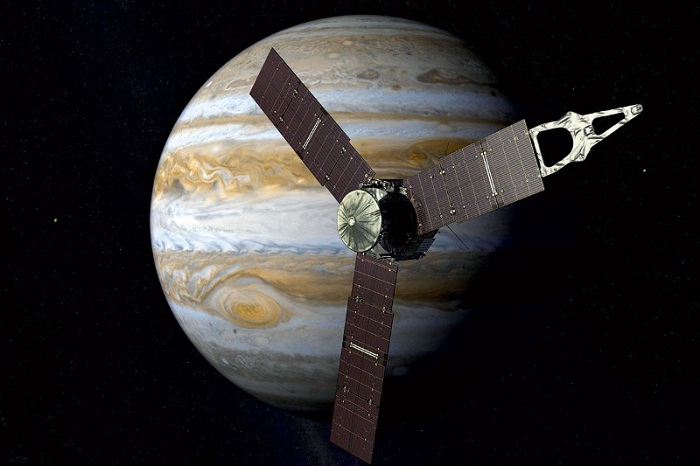Many spacecraft have whipped past Jupiter en route to elsewhere, but Galileo spent eight years exploring the gas giant and its moons. One big surprise was that it picked up only trace levels of water vapour. Oxygen is the third most common element in the universe, so Jupiter was expected to have a fair amount of it locked up in water, maybe even as much as 20 Earths’ worth.
Now Juno, which launched in 2011, is going back for a closer look. It will look for oxygen in the atmosphere at six altitudes, and will orbit nearer the planet’s poles, giving a contrast to Galileo’s equatorial view. Any wiggles picked up by Juno’s gravity sensors will give us clues about Jupiter’s interior, which may have a solid core made from heavier elements.
These results should help us build a picture of Jupiter’s birth. A solid core would suggest it started out in a similar way to Earth, with rocks and ice slowly coming together, after which any hydrogen and helium floating around got sucked in. If not, Jupiter may have collapsed out of a much larger, amorphous gas cloud.
A soggy Jupiter would hint at aeons of cometary bombardment while the planet formed, a process that may also have filled Earth’s oceans. If Jupiter turns out to be dry, it may be that water brewed within Earth instead. And understanding our Jupiter will tell us more about the many Jupiter-like exoplanets we’ve spotted elsewhere in the galaxy. You could say it’s a giant opportunity.
More about:
















































